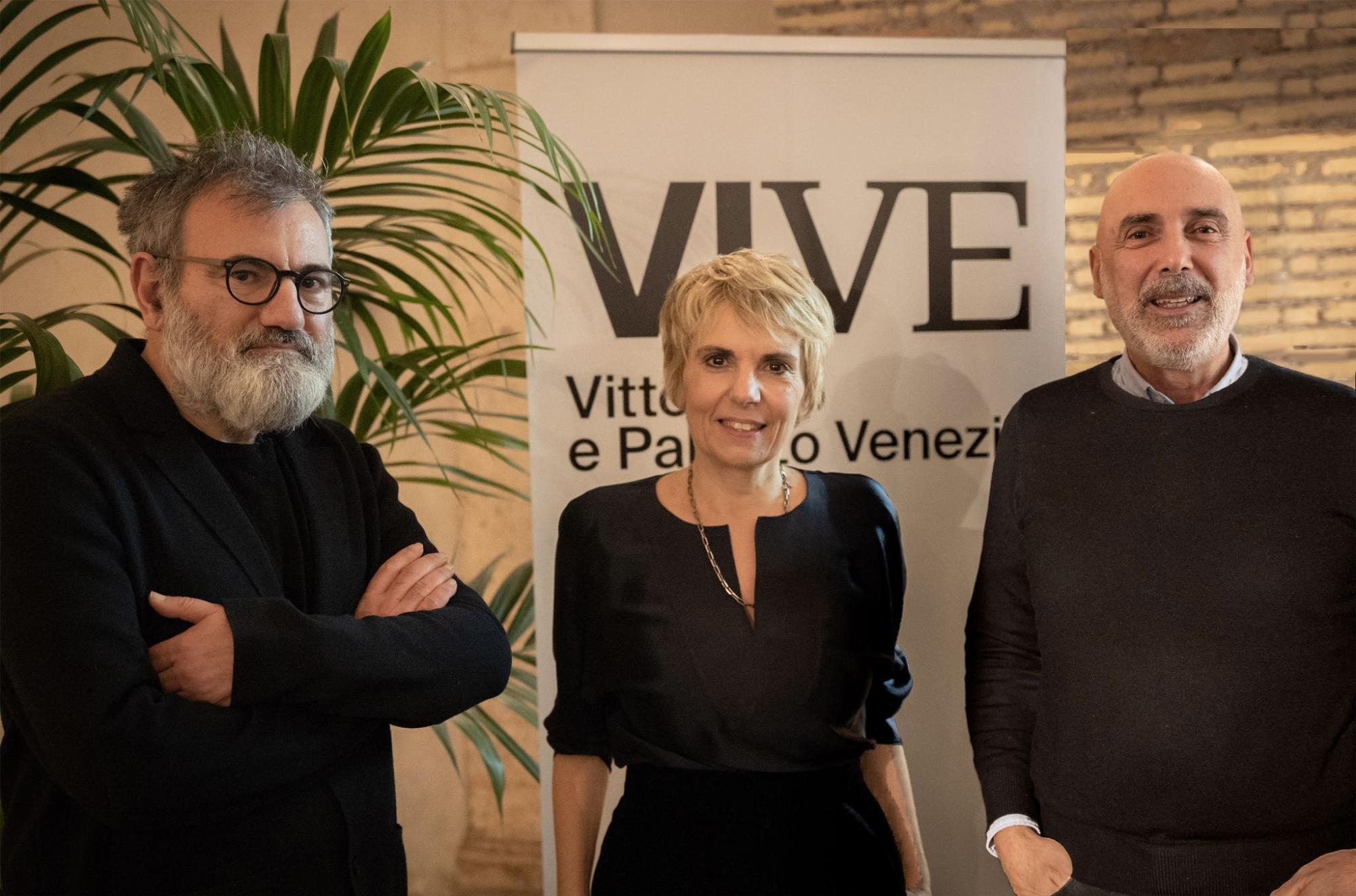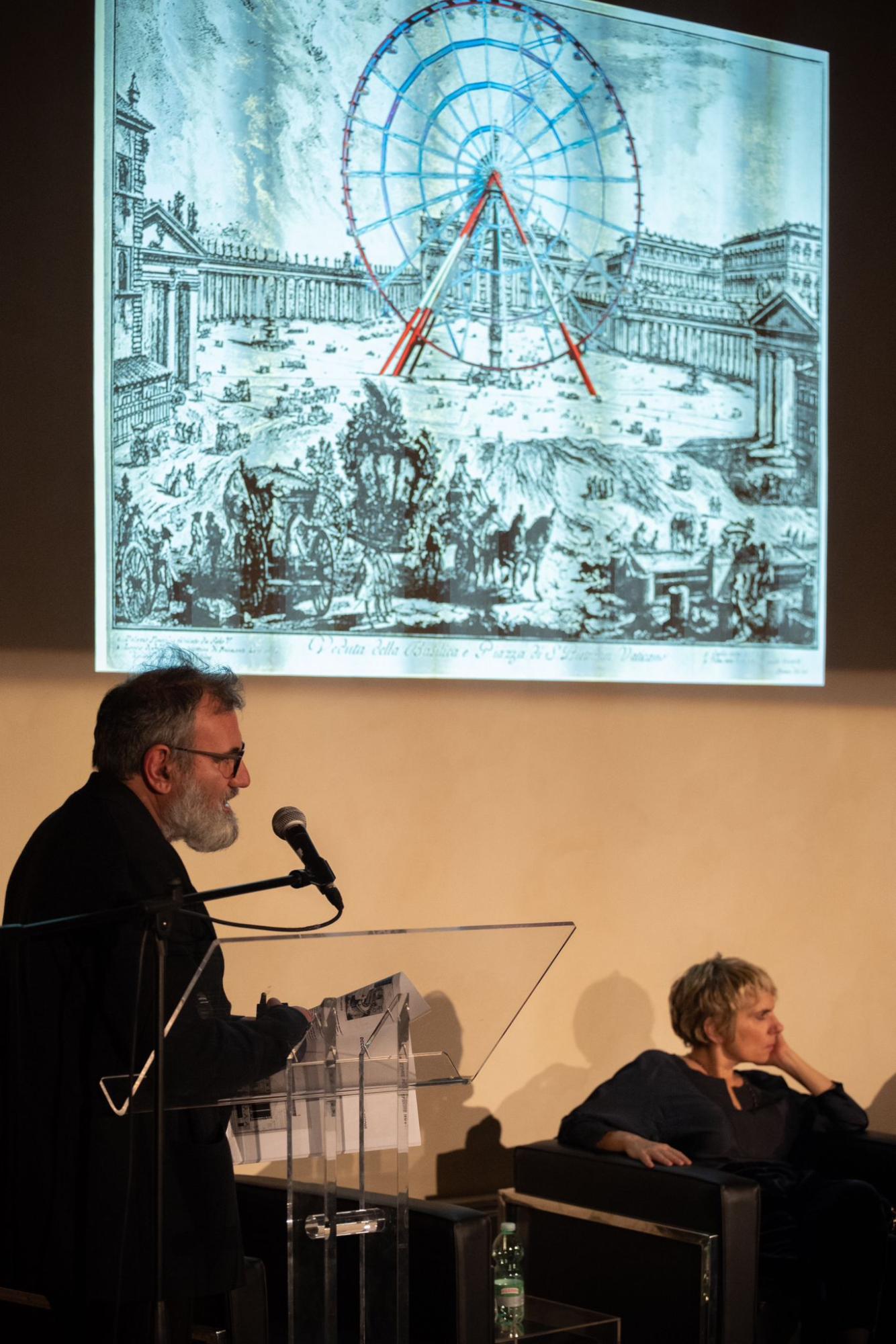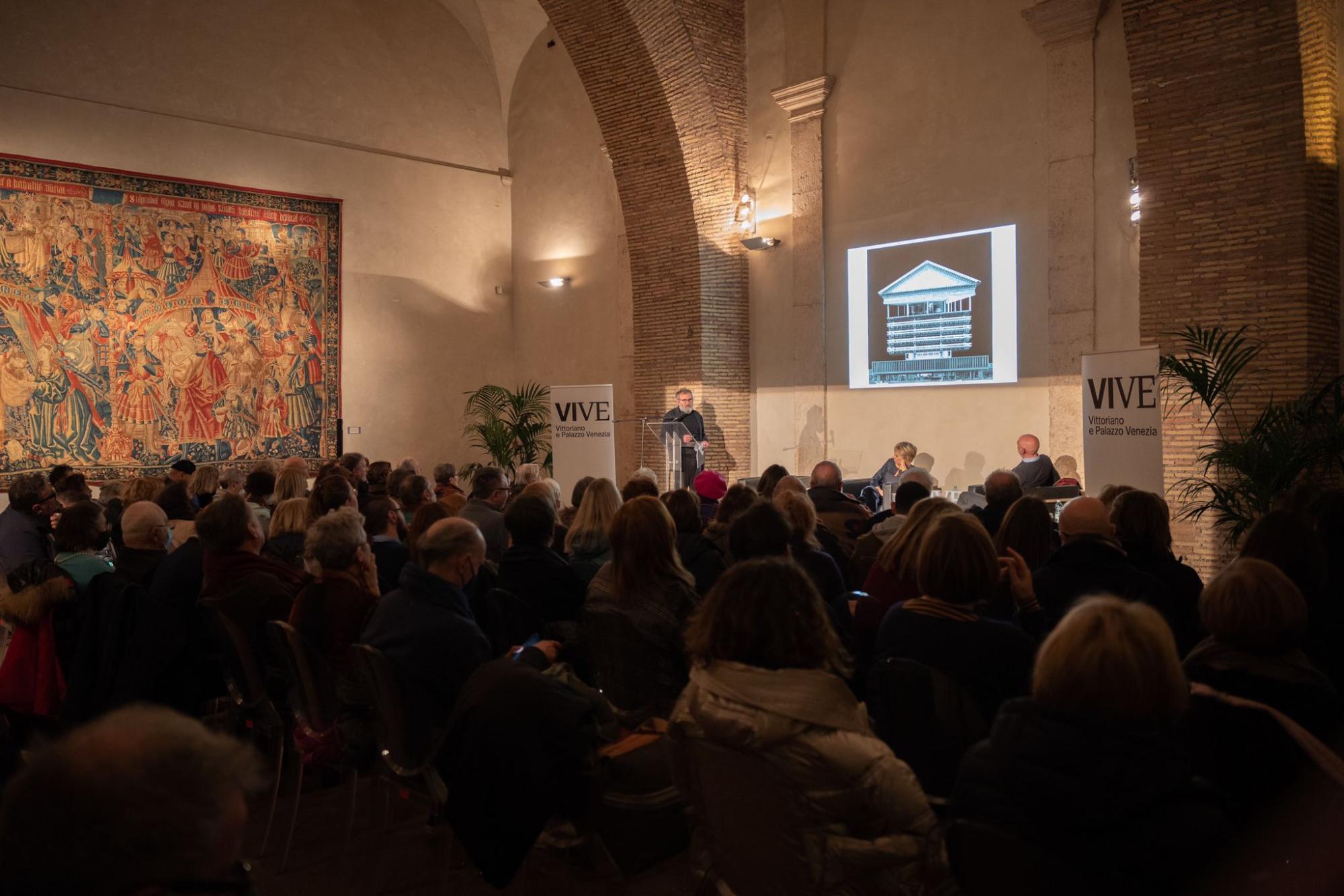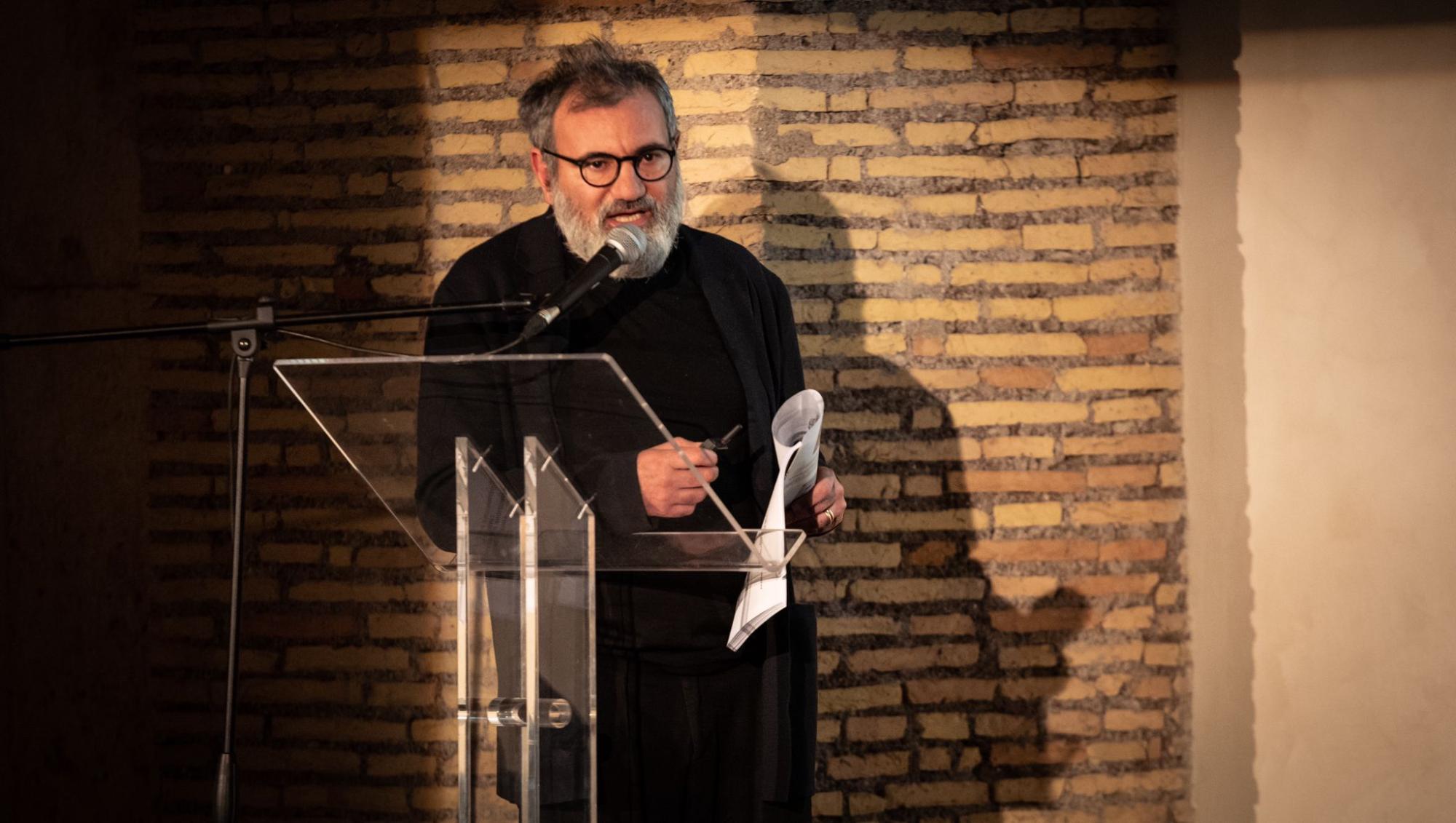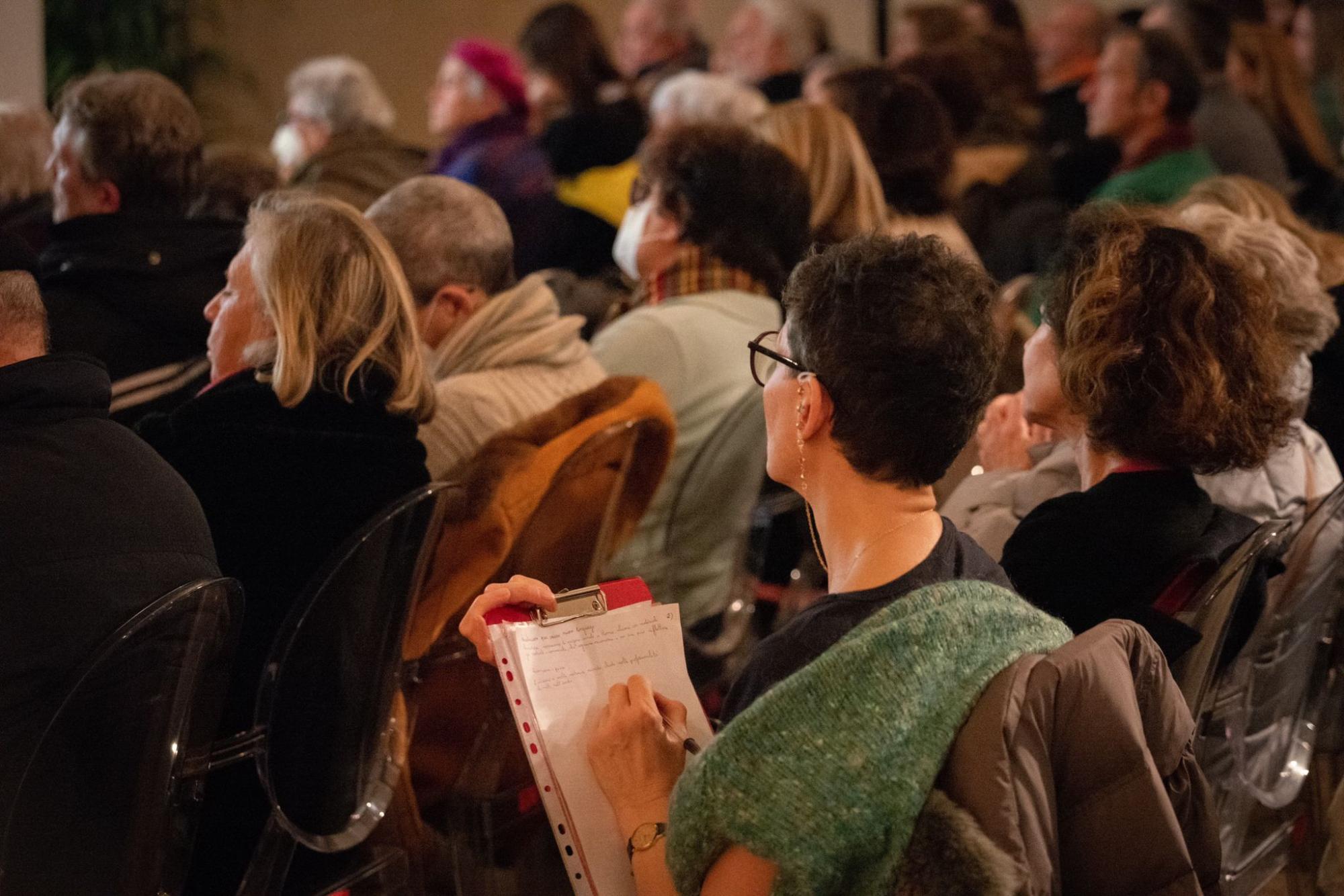SERIES: Architecture in drawings that visualise and construct the habitus residing in the architect’s mind
SERIES: Carmelo Baglivo
DATE: Thursday 2 February, 6 pm
PLACE: Sala del Refettorio
The title Imaginary Architecture was inspired by the title G. Battista Piranesi gave to his Imaginary Prisons, composed of 16 plates conceived and etched in mid-18th century Rome and produced at different times over a 25-year period. Inventions and capriccios call into question a reality that eventually – in the Age of Enlightenment – became increasingly objective. One of the best known capriccios in the architectural world was when Canaletto painted a veduta of Venice between 1756 and 1759. The context says we are looking at the lagoon city but the buildings depicted are actually in other cities. On the right is the Basilica Palladiana and on the left Palazzo Chiericati, both famous pieces of architecture in Vicenza designed by Andrea Palladio. In the centre is Palladio’s own design but never built for a Rialto Bridge. In his Imaginary Prisons Piranesi invented a vision that ignores the rules of perspective and isolates the building, creating a monument or rather resurrecting ancient remains. Ancient Roman remains, mansions and churches are the principal subjects of Piranesi’s etchings. The piles of ruins provided raw construction materials but also helped design a new visionary architecture. Imaginary architecture is composed by assembling architectural elements from different eras. On the subject of Piranesi, the philosopher Todorov wrote: “he revives the debate between ancient and modern in his theoretical writings to defend the latter’s stance. It does not suffice to admire and imitate the Greeks, we must study them and then find the courage and strength to conjure up what suits our own times. A great artist creates the new based on the old without disavowing the past but favouring invention and creation.”

